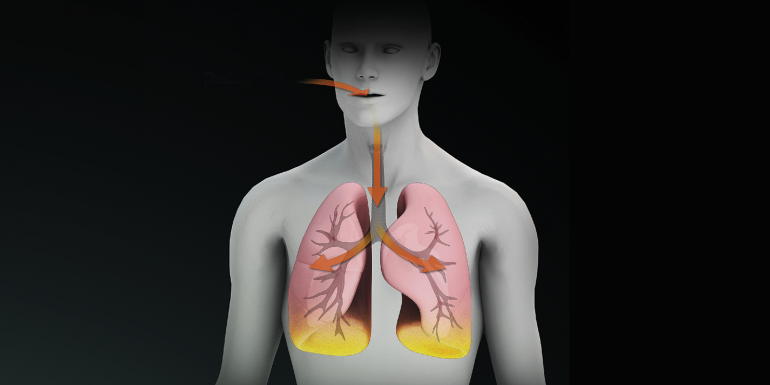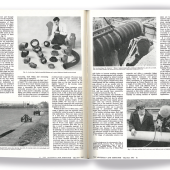Radon gas: silent killer

Radon gas is little known in the UK,but still presents a threat. Swedish-based detection laboratory Radonova explains radon exposure levels.
Radon is a radioactive gas that leaks into structures from the ground and in some cases from building materials. Depending on the geology under a building and the type of structure, high concentrations of radon can occur that could cause harm.
Radon is a health risk, and is the second-most-common cause of lung cancer after smoking.
Globally, an estimated 230,000 people suffer from lung cancer each year as a result of long-term exposure to radon.
Any exposure to radon presents a risk, even if that exposure is reasonably low. The key message is that we must measure radon levels in our homes and workplaces and keep them as low as possible. National and international legislation is in place that outlines acceptable levels of radon exposure. The various limits differ in terms of the acceptable level of exposure, as well as whether these exist for reference or as a call to action.
One of the most important pieces of legislation regarding radon exposure is the European Union’s Euratom Directive 2013/59 Basic Safety Standards.
Its intention is to protect EU citizens from the dangers arising from ionising radiation, including radon exposure. The directive sets a reference level for annual radon activity, at a concentration of 300Bq/m3.
EU member states are advised to implement this reference level into their national legislation.
Most of the countries in the EU have adopted the 300Bq/m3 limit, although some have decided on 100-200Bq/m3. In addition, the directive established a limit for radon exposure of 6mSv per year. If the dose is above that limit, it should be treated as a planned exposure situation.
In the US, the action level is 148Bq/m3, but this is not mandatory at a federal level. Nevertheless, most states have included this value in state legislation.
Finally, the World Health Organization (WHO) and the International Atomic Energy Authority (IAEA) have set their own levels for radon exposure. The WHO considers that radon activity should not be above 100Bq/m3. The IAEA’s Basic Safety Standards sets limits of 300Bq/m3 for homes and 1,000 Bq/m3 for workplaces.
Workplace measures
It’s important to be aware of the level that applies to where you live or work. According to recent research, all floors of a building should be tested regularly. Research of more than 15,000 Swedish workplaces indicated that radon levels can be unexpectedly high across all floors.
In contrast to apartment buildings, business premises tend not to show a definite pattern in terms of where high radon levels can be found because they usually have a more advanced ventilation system, which can lead to larger local differences in pressure.
Unsurprisingly though, the data shows that it is particularly important to test basements and ground floors as they are at the highest risk of elevated radon levels. Extra care should be taken with employees working in these areas, even if they are not on the premises for a full working week.
In summary, the effects of radon exposure on health are well documented. To protect people from these risks, it is critical that regular testing is carried out, and that when measuring for radon advice should be sought from suitably competent professionals to ensure that a survey has enough measuring points to accurately identify radon levels.
For more information, including a map of radon hotspots in the UK, see radonova.co.uk






